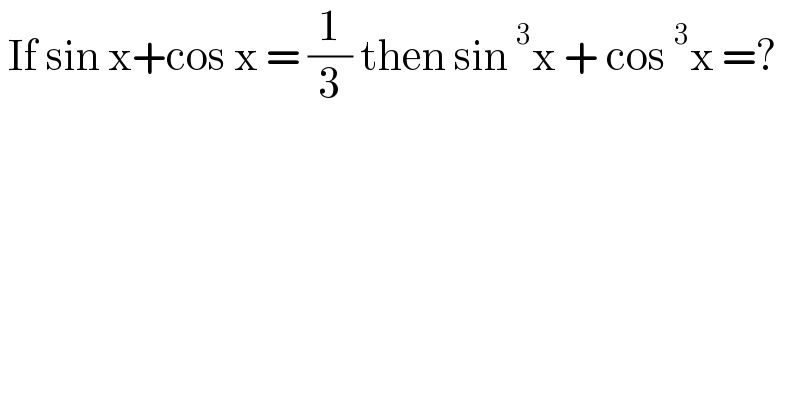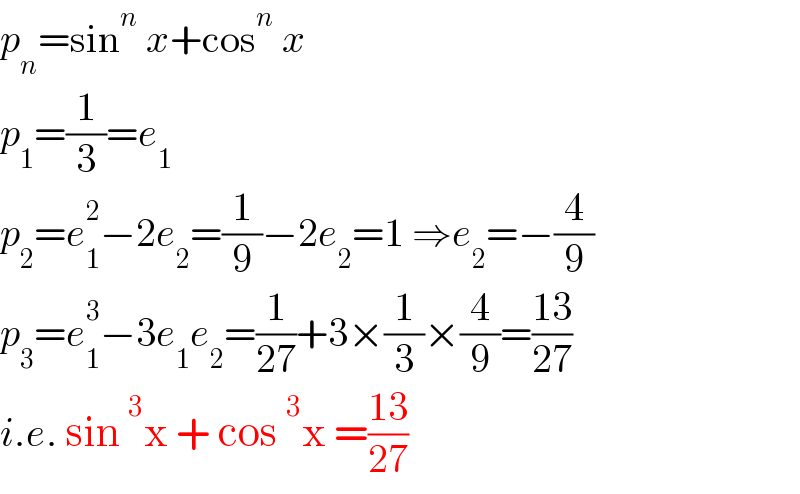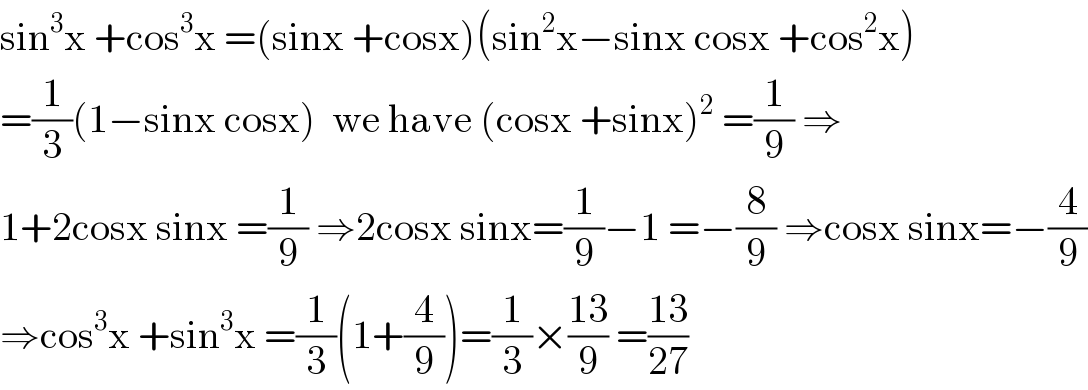
Question and Answers Forum
Question Number 127944 by liberty last updated on 03/Jan/21

Answered by mr W last updated on 03/Jan/21

Commented by bramlexs22 last updated on 04/Jan/21

Commented by mr W last updated on 04/Jan/21

Answered by bramlexs22 last updated on 03/Jan/21

Commented by mr W last updated on 03/Jan/21

Commented by bramlexs22 last updated on 03/Jan/21
������ misread...
Commented by liberty last updated on 03/Jan/21

Answered by mathmax by abdo last updated on 03/Jan/21

